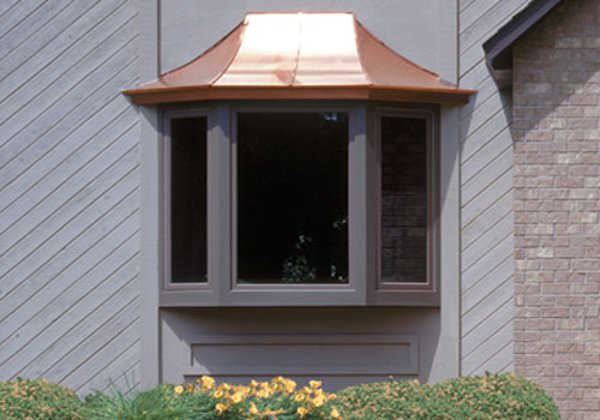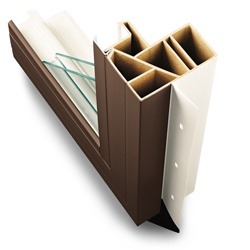MENU



Older homes were really built to last, but the windows are a component that will eventually need to be replaced. When your wooden window frames start to deteriorate, the windows become loose in their frames, and it becomes a struggle just to open and close the windows, it’s time to consider window replacement. However, replacing the windows in an older home is a project that requires some planning and attention to detail. Here are three things to know before you start.
Preserving your home’s style is important.
Older homes that look authentic tend to hold their value better, and they simply have more character. For this reason, you’ll want to make sure the windows you choose preserve your home’s original style. You don’t want to put modern, industrial-style windows on a Craftsman bungalow from the 1930s, for example. Thankfully, window manufacturers like Renewal By Andersen create windows in a wide array of styles, including historic styles, so you can choose windows that look like they’re original to your home but are actually brand new.
Try using tools like Renewal by Andersen’s visualization application to see what various styles of windows will look like on your home. You can upload a real image of your home, and then experiment with various historic window styles to see which looks most authentic.
Wood and wood alternatives both have their benefits.
Chances are, the current windows in your older home feature wooden frames. Wood replacement windows are certainly the most authentic choice, and modern wood window frames are a lot easier to care for than older windows. Andersen replacement windows made with wood are well protected from the elements and feature a water-resistant exterior that doesn’t require painting. They’re carefully designed to be easy to open and close.

However, if you really want to maximize the benefits of new windows, you may want to consider a composite wood alternative, like Fibrex®, for your windows. Fibrex® is made from real wood fibers and plastic polymers. It looks like wood, so it will preserve the look of your older home, but it offers several benefits over natural wood. Fibrex® reduces VOC emissions because it does not require preservative treatments. It retains its strength and rigidity in all climates, and it resists rot and fungal growth.
You can achieve energy efficiency without sacrificing style.
One of the main reasons why owners of older homes choose to update their windows is to save energy. Sadly, there’s a common misconception that to achieve energy efficiency, you need to purchase windows that look “modern” and stand out from the rest of your home’s more traditional exterior. This is not the case at all. There are many ways to make a window more energy efficient and still maintain an “older” style.
An important thing to look for is double-pane glass. Most all modern windows, such as Andersen replacement windows, feature two panes of glass rather than the single pane that your old windows probably have. The air trapped between the two panes of glass acts as an insulator, guarding against heat loss. Yet, double-pane glass does not look any different than single-pane glass unless you look very, very closely.
In Michigan where the summers are warm, you’ll also want to consider choosing low-e glass, like Renewal by Andersen’s SmartSun glass which blocks 95% of harmful UV rays. Low-e coating does not change the look of the windows, but it does reduce heat transfer through the glass, lowering your AC bills.
If the windows in your Michigan home have seen better days, contact us to learn more about Andersen replacement windows.